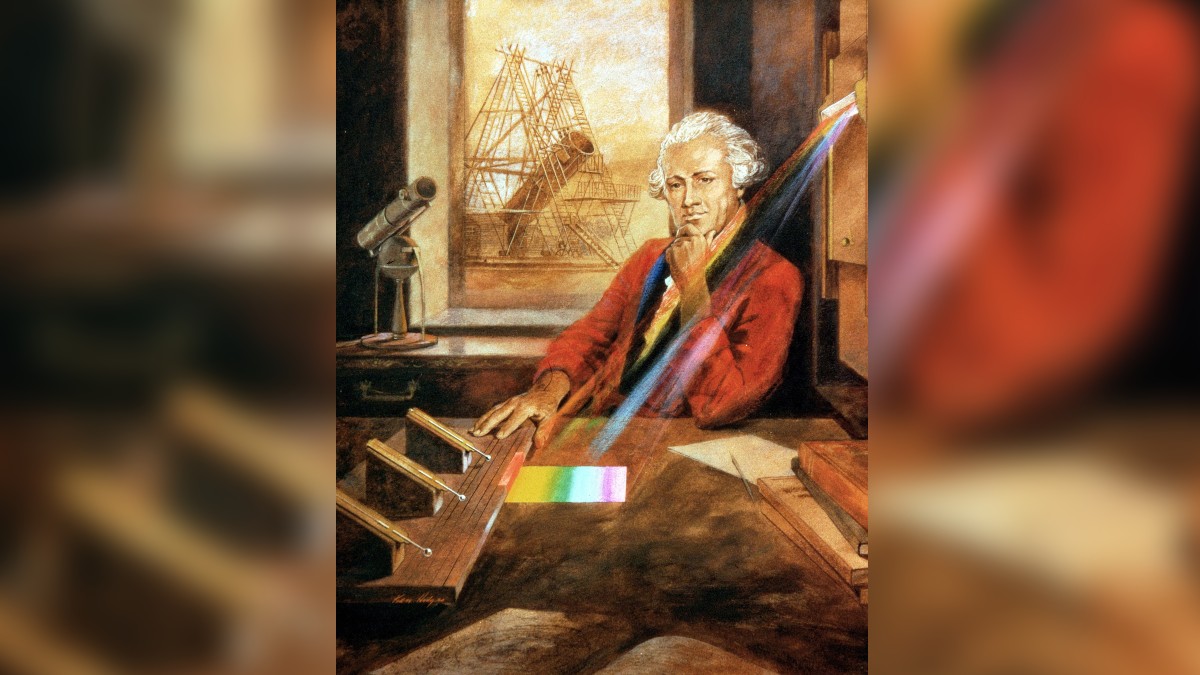Infrared cameras: Invention and uses
How infrared cameras detect thermal energy and turn it into an image we can see.

Thermal imaging cameras, or infrared cameras, are unlike the cameras found in your smartphone. A typical camera observes the wavelengths of light in the visible spectrum that bounce off objects and hit receivers in the camera. The camera will then turn that light into an image.
Thermal cameras, on the other hand, ignore visible light and seek out something else called infrared. Infrared is a type of low-frequency electromagnetic radiation that is felt as heat, according to the University of Calgary. This is because infrared radiation excites molecules, causing them to move around and vibrate, causing a temperature rise.
How infrared cameras work
Every object in the known universe gives off some degree of infrared radiation, even if it’s only a tiny bit above the lowest possible temperature, absolute zero (equal to -459.67 degrees Fahrenheit), according to Dr. Christopher S. Baird, Assistant Professor of Physics at West Texas A&M University. The amount of infrared radiation it gives off correlates to the temperature of an object.
The hotter an object gets the more infrared it emits. Until an object is hot enough to emit a glow of visible light, such as molten metal, the only way to "see" temperature is with a thermal camera, according to NASA.
Thermal imaging cameras use a series of sensors and thermal detectors to estimate the level of infrared in front of them. The onboard sensors convert infrared signals into electrical currents. These currents are then translated into a colour-coded image to show fluctuations in temperature and infrared radiation.
The infrared camera displays a live infrared map that can instantly outline differing temperatures, according to thermal imaging supplier Teledyne FLIR.
The concept of thermal imagery is not a recent form of technology, dating back to 1929 when Hungarian Physicist Kalman Tihanyi created the first infrared-sensitive camera. Since then, thermal imaging technology has evolved to become a useful tool in many different industries, including construction and engineering, security, and medical diagnostics, according to thermal imaging supplier Pass.
Get the world’s most fascinating discoveries delivered straight to your inbox.
Some of the most common uses of infrared cameras include:
Finding wires
Thermal imaging can be used to evaluate different cables and connections that are hidden behind walls. In spotting active wires, engineers can conduct maintenance and detect faults.
Security
Police officers and law enforcement can use thermal imaging to locate criminals in adverse weather, darkness, or in obscured environments such as woodlands.
Health checks
Veterinarians use thermal imaging on the joints of animals to detect hot spots that may be caused by autoimmune conditions, such as arthritis, without the need for surgery.
Finding heat loss
Thermal imaging can be a handy tool for locating cold spots and moisture during building surveys. Also, this can be used to evaluate the overall integrity of the building structure.
Firefighting
Firefighters can use thermal imaging to detect hotspots in a burning building and make decisions on the best course of action. It’s also a useful tool to locate people trapped by smoke.
Discovery of infrared
British Astronomer Sir William Herschel is responsible for the discovery of infrared radiation in 1800. Through a series of experiments, Herschel set a prism at a south-facing window in direct sunlight to direct and separate light into different wavelengths, and subsequently different colours, that make up visible light, according to American Scientist.
He then exposed a thermometer to each of the different colours to see how they might change the temperatures on the thermometer. However, what he found was that when the thermometer was placed outside of the visible light, past the red end of the light spectrum, the temperatures continued to increase. What he had discovered was infrared radiation.

Additional resources
For more information about infrared light and imagery, check out "A Ray of Light" by Walter Wick and "Infrared Thermal Imaging: Fundamentals, Research and Applications, Second Edition" by Michael Vollmer and Klaus-Peter Möllmann.
Bibliography
- Pass, "Thermal Application Guides", accessed April 2022.
- Jack R. White, "Herschel and the Puzzle of Infrared", American Scientist, Volume 100, June 2012.
- NASA, "Infrared light', March 2004.
- Jordan Hanania, et al, "Infrared radiation", Energy Eduction, University of Calgary, January 2020.
- Teledyne FLIR, "How Do Thermal Cameras Work?", June 2016.
- Dr. Christopher S. Baird, "Do humans give off radiation?", Science Questions with Surprising Answers, July 2013.

Scott is a staff writer for How It Works magazine and has previously written for other science and knowledge outlets, including BBC Wildlife magazine, World of Animals magazine, Space.com and All About History magazine. Scott has a masters in science and environmental journalism and a bachelor's degree in conservation biology degree from the University of Lincoln in the U.K. During his academic and professional career, Scott has participated in several animal conservation projects, including English bird surveys, wolf monitoring in Germany and leopard tracking in South Africa.


